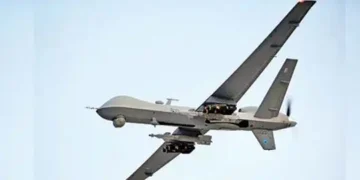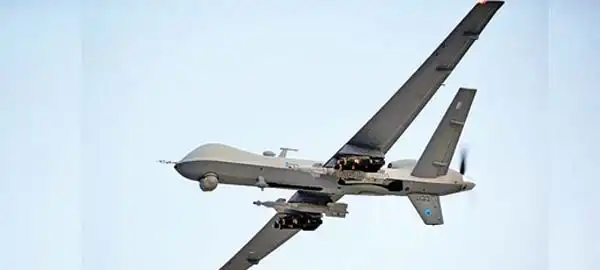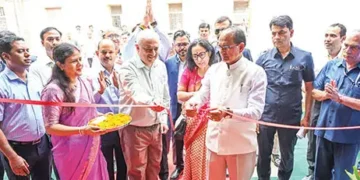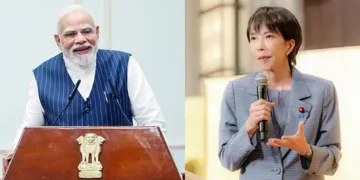SINDHU JHA
INDIA’S ambitious Loyal Wingman program is taking a significant leap forward with the development of a new generation of air-to-air missiles. It aims to develop unmanned combat aerial vehicles (UCAVs) to support manned fighter jets.
According to defence sources, the program’s UCAVs, also known as Loyal Wingmen, will be equipped with the Next-Generation Close Combat Missile (NGCCM), a local variant of the ASRAAM Beyond-Visual-Range Air-to-Air Missile (BVRAAM). This will ensure compatibility with existing Indian Air Force (IAF) weaponry.
The need for cost-effective air-to-air missiles against emerging threats like Medium-Altitude, Long-Endurance (MALE) and High-Altitude, Long-Endurance (HALE) Unmanned Aerial Vehicles (UAVs) including loitering munitions has forced the IAF to seek low costs options to tackle them then
use rather expensive AAMs, the said. The Ministry of Defence is exploring two new air-to-air missile development paths. One is converting the Infrared (IR) homing MANPAD (Man-Portable Air-Defence System), currently under development for the Indian Army, for use with the Loyal Wingman and other UCAVs. This offers an interim solution while leveraging existing technology.
The other, more long-term solution, involves developing a new generation of mini air-to-air missiles. These missiles will feature smaller explosive warheads and a novel dual seeker technology to further drive down costs. This approach also prioritises faster manufacturing and lower costs, making these missiles ideal for countering low-cost threats and reducing the overall cost per interception.
While the NGCCM, Astra MkI and MkII missiles offer advanced capabilities, their rapid production is not feasible and not every aerial threat requires manned fighter jet interception and usage of Astra MkI that costs $1 million per unit. Developing these mini missiles provides a crucial costeffective option for tackling the growing threat of UAVs in the airspace.
India’s Loyal Wingman program, with its focus on locally developed missile technology, is poised to equip the IAF with a powerful and cost-efficient force multiplier.
































